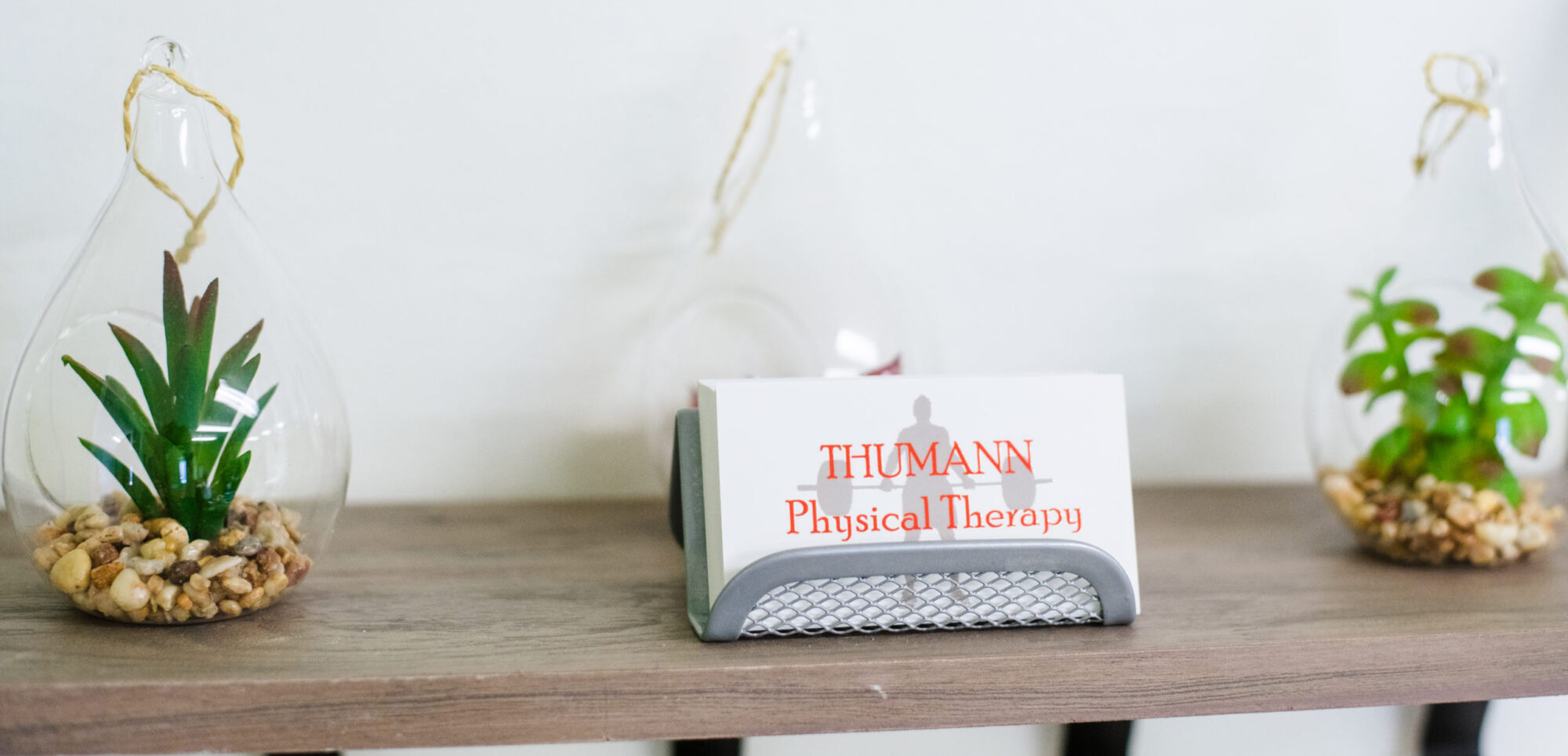“Dry Needling is a skilled intervention that uses a thin filiform needle to penetrate the skin and stimulate underlying myofascial trigger points, muscular, and connective tissues for the management of neuromusculoskeletal pain and movement impairments. Dry needling (DN) is a technique used to treat dysfunctions in skeletal muscle, fascia, and connective tissue, and, diminish persistent peripheral nociceptive input, and reduce or restore impairments of body structure and function leading to improved activity and participation.”
Description of Dry Needling in Clinical Practice: An Educational Resource Paper
American Physical Therapy Association, 2013


CONDITIONS that can be treated with Dry Needling:
- Neck & Back pain
- Headaches & Migraines
- Shoulder Pain
- Tennis & Golf Elbow
- Plantar Fasciitis
- Carpal Tunnel Syndrome
- Fibromyalgia
- Sports Injuries
- TMJ Disorders
- Post-Operative Pain
- Sciatica
- Chronic Pain
- Arthritis
- Tendinitis
- Scar Tissue
- Prophylactic musculoskeletal care to avoid injuries
| Is Dry Needling like Acupuncture? | The only similarity is the use of the same type of filiform needles. The main difference is where the needle is inserted. In dry needling, points are chosen based on palpation, diagnosis and functional testing. |
| Does Dry Needling hurt? | Some people experience mild discomfort, but overall the treatment is designed to cause minimal pain. Most patients communicate that the post needling soreness is like “having worked out.” |
| What are the effects of Dry Needling? | Dry needling is a powerful therapeutic technique that can help alleviate pain and discomfort caused by trigger points. Dry needling promotes circulation, reduces inflammation, and improves nerve function, resulting in increased range of motion, improved muscle function, and long-lasting pain relief. |
| Why are there different size needles? | The varying lengths and diameters of the needles allow access to different muscles in the body. |
| When is it appropriate to receive needle treatment for maintenance of chronic conditions? | Chronic conditions tend to take more treatment to respond, but results are often felt within the first few sessions, with continued improvement over the next 12 sessions. |
| How long are the treatment sessions? | Treatment sessions last 30-60 minutes. Each session will include dry needling, exercise education, and other manual therapy to hep achieve faster results. |
| How often should I get it done? | It is recommended that dry needling be done once a week. If patients are having intense pain or discomfort, treatments can be done twice per week until symptoms improve. |
| Why leave needles in longer sometimes and remove them more quickly other times? | The duration the needles stay in your tissue varies depending on tolerance, type of tissue being treated, and the specific goals of the treatment. |
| When and why do you electrical stimulation with the needles? | Adding electrical stimulation provides multiple benefits to treatment, including the release of biochemical substances from the brain (feel good chemicals), activating muscles to assist with certain movement patterns, and increasing the local efficacy and healing potential of each needle during the treatment session. |
| When can one exercise after treatment? | Dry needling helps activate the parasympathetic nervous system, the “rest and recovery” system. This system helps your body and tissue, restore and heal. It is recommended that you do not exercise for 24-48 hours after your session depending on how your body responds. |
| Should I ice or take anti-inflammatories? | Definitely NO! Dry needling creates “micro-inflammation” to help your body heal both at the site of pain and throughout the body. Ice and anti-inflammatories will counteract that process by limiting its effectiveness. |
| Is it safe for people on blood thinners? | YES! The needles used are 1/100 the size of the typical syringe used to draw blood. Bleeding is a very rare occurrence. |
| Is there a risk of infection? | According to most studies, the risk of infection with dry needling (when done using sterile technique) is less than 0.01%. |
| How many sessions before I see and feel results? | Results vary depending on your age, current health status, and length of time for current injury or pathology. Typically, for most conditions, benefits are seen within 3-6 sessions, while some more chronic conditions taking up to 12 sessions to improve. |
